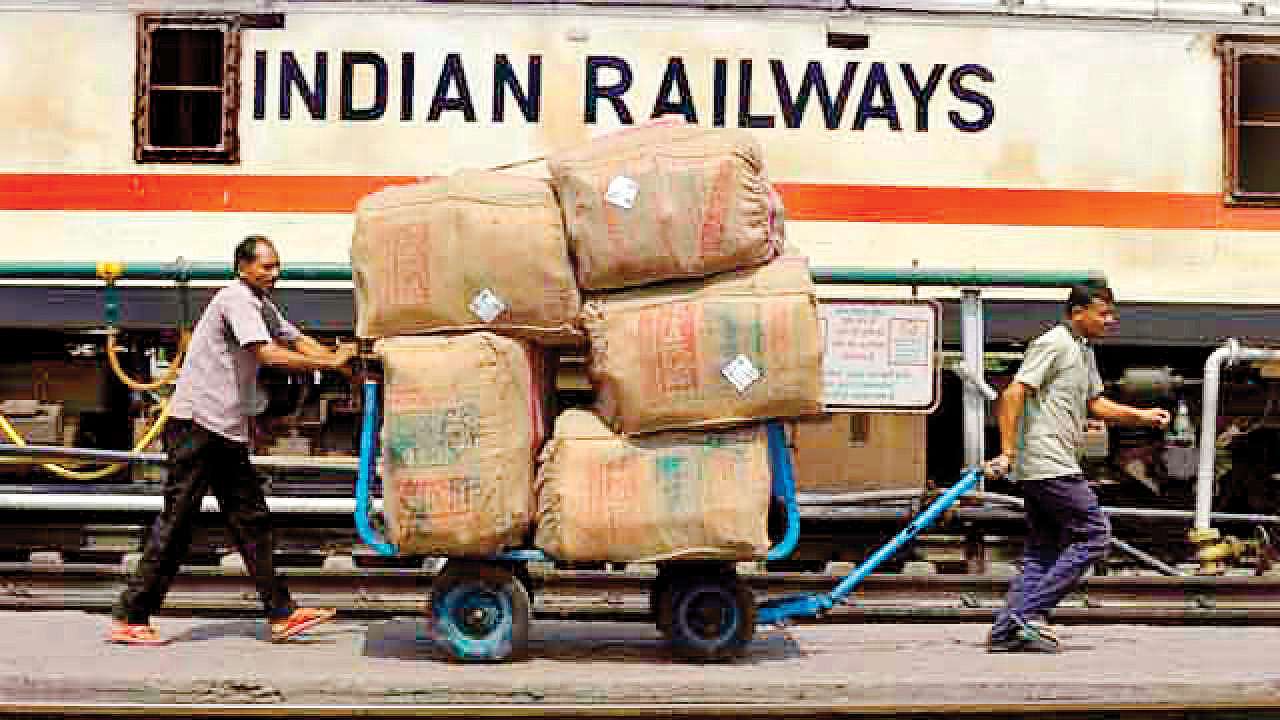
Railway accidents always bring the spotlight back on safety. The average person usually doesn’t understand that IR (Indian Railways) has a very specific definition of accident.
For IR, accident is an occurrence, which does or may affect the safety of the railways, its engine, rolling stock, permanent way and works, fixed installations, passengers or servants, or which affects the safety of others, or which does or may cause delay to the train, or loss to the carrier.
IR only reports “consequential accidents”, these being those above some thresholds.
A “serious accident” is one where there is loss of life or grievous hurt to passengers, significant damage to railway property or where Commissioner of Railway Safety (CRS) decides to hold an enquiry.
Since 2014, the government started according highest priority to rail safety. Historical railway accident data reveals that derailments and level crossing-related mishaps accounted for the highest share of accidents and consequently fatalities as well.
The urgency was therefore to completely eliminate these accidents. While level-crossing accidents could still be eliminated by measures such as manning level crossings, constructing diversions, road under bridges (RUBs) and road over bridges (ROBs), eliminating derailments was quite challenging.
Technically, a train could derail if anything related to wheel and track interaction goes wrong. In other words, a train could derail if rail track develops a crack/fracture or the wheel profile gets damaged, parts hang loose from the underbelly of bogie, there are instances of human errors such as failure in complying with speed restrictions, application of sudden breaks and so on.
With so many moving parts, eliminating derailment required co-ordinated efforts. First, to eliminate track infirmities and to quickly replace old/damaged rail tracks, track renewal projects were prioritised.
As a result, the speed of track renewal almost doubled from about 2,400 track km in 2014-15 to around 4,400 track km in 2017-18.
Over a six-month period, April 2018 to September 2018, the government has already completed renewal of around 2,260 track km.
This is almost 55 per cent more than the achievement during the same period last year (April 2017-September 2017).
Second, to ensure that defects in track or rolling stock are detected and addressed, track and rolling stock monitoring and maintenance practices were modernised.
Third, heavy congestion in railway network and old rolling stock technology increased risks of accidents. To address these issues, the government increased the average pace of commissioning new lines from an average of about 4.1 km per day (2009-14) to 6.5 kms per day (2014-18).
It is also upgrading the existing rolling stock by shifting to new technology such as LHB coaches and gradually procuring state-of-the-art diesel and electric locomotives.
Fourth, the average pace of elimination of unmanned level crossings was close to 1,140 per year during 2009-14. A recent press release shows that the government has successfully eliminated about 3,400 unmanned level crossings in just seven months (April 2018 - October 2018).
Finally, to ensure adequate funds for safety works, budgetary allocation was increased significantly. For 2013-14, the budgetary allocation for rail safety works was estimated to be around Rs 39,000 crore. This almost doubled to around Rs 73,000 crore in 2018-19 (budgetary estimates).
The government has also created a dedicated railway safety fund, referred to as Rashtriya Rail Sanraksha Kosh (RRSK). This fund provides Indian Railways a dedicated corpus of Rs 1 lakh crore for investing in safety projects during the five-year period 2017 to 2022.
The above list is not exhaustive. Besides these, Indian Railways has also taken several other important initiatives to improve safety.
Some of these include introduction of state-of-the-art signaling technology (European Train Control System (ETCS) level 2), proliferation of electronic interlocking, increased provision of foot over bridges, escalators, lifts in stations, filling safety related vacancies on priority and so on. All these measures have together helped Indian Railways achieve a significant improvement in safety performance.
Author is OSD at Economic Advisory Council to the Prime Minister. All views are personal